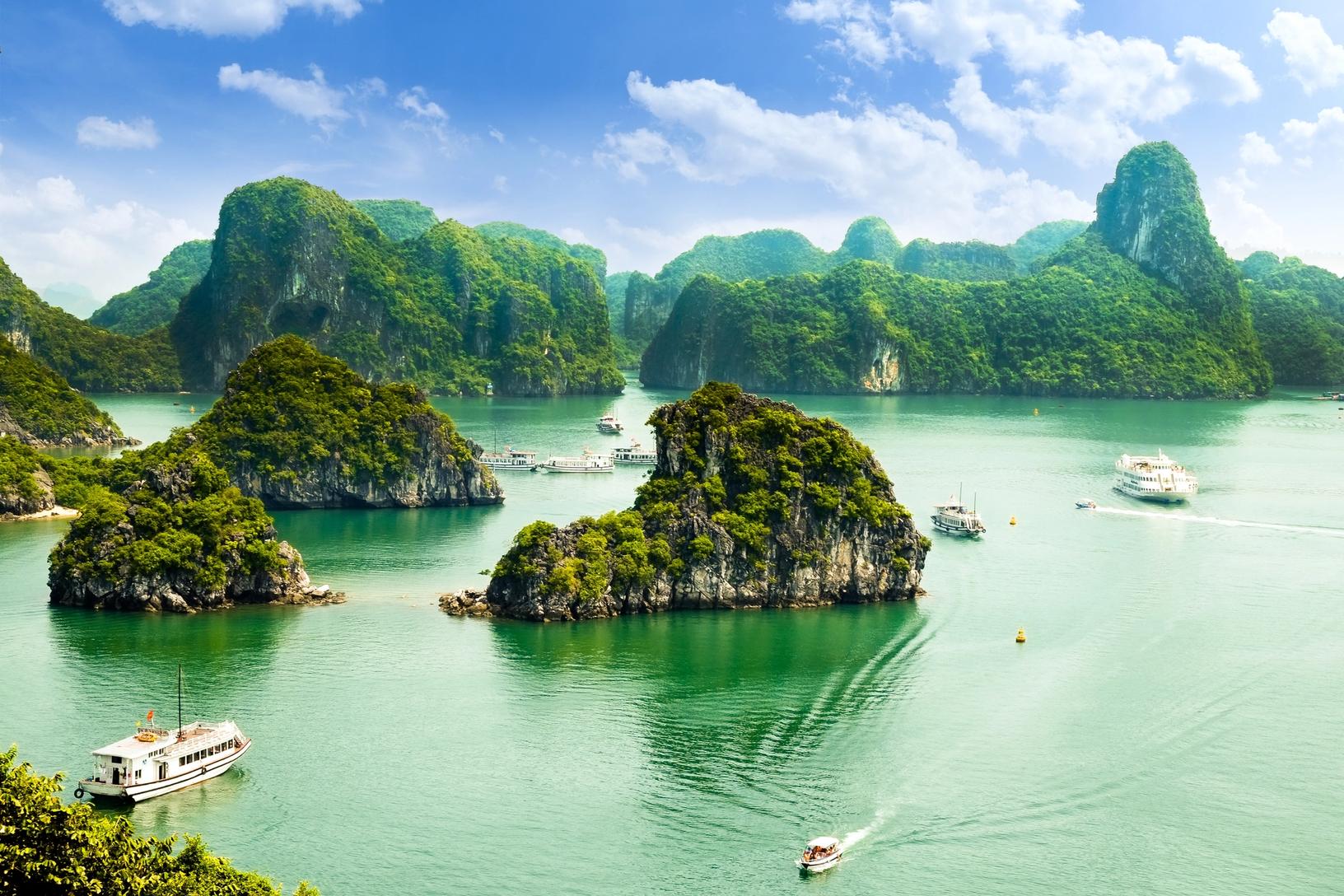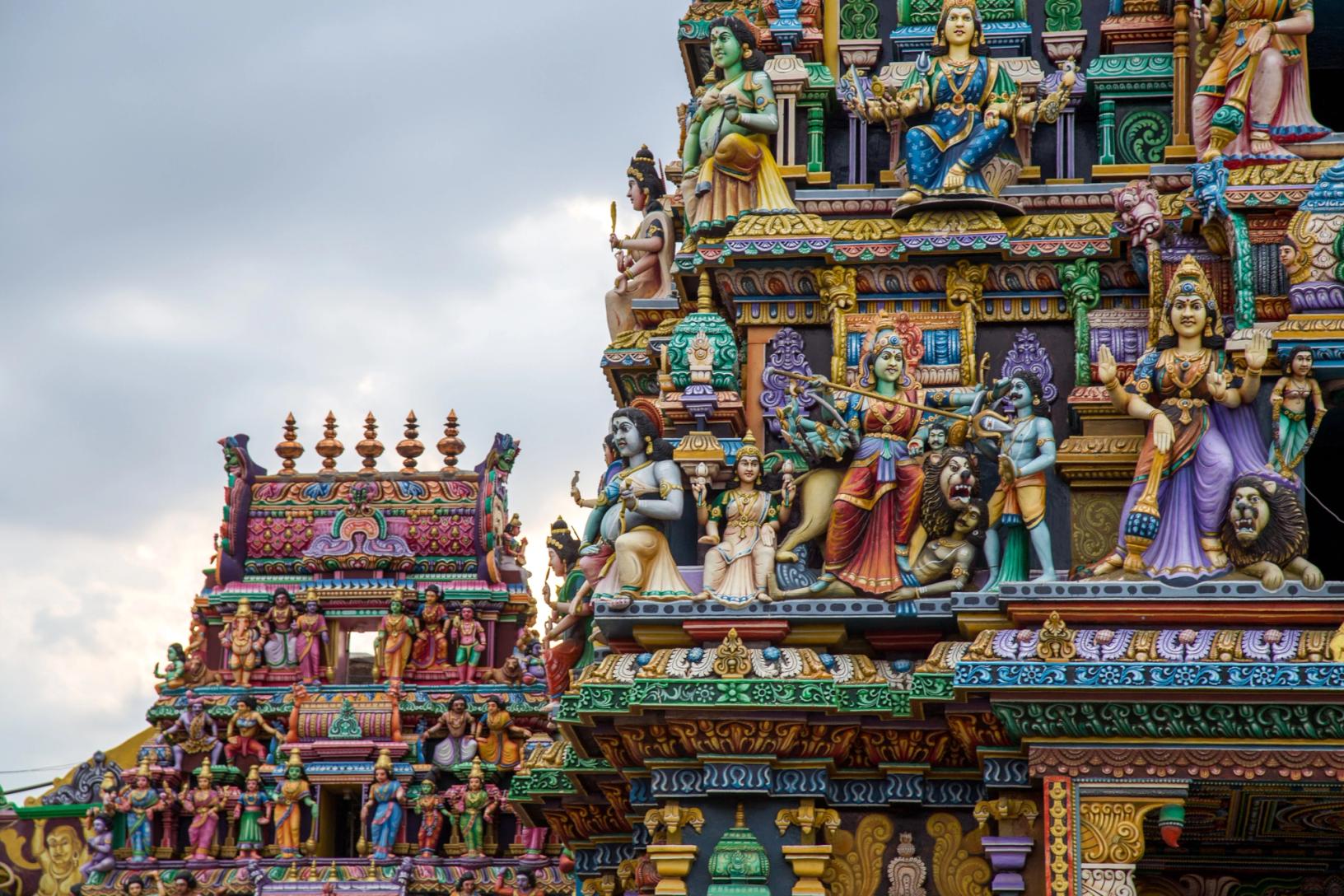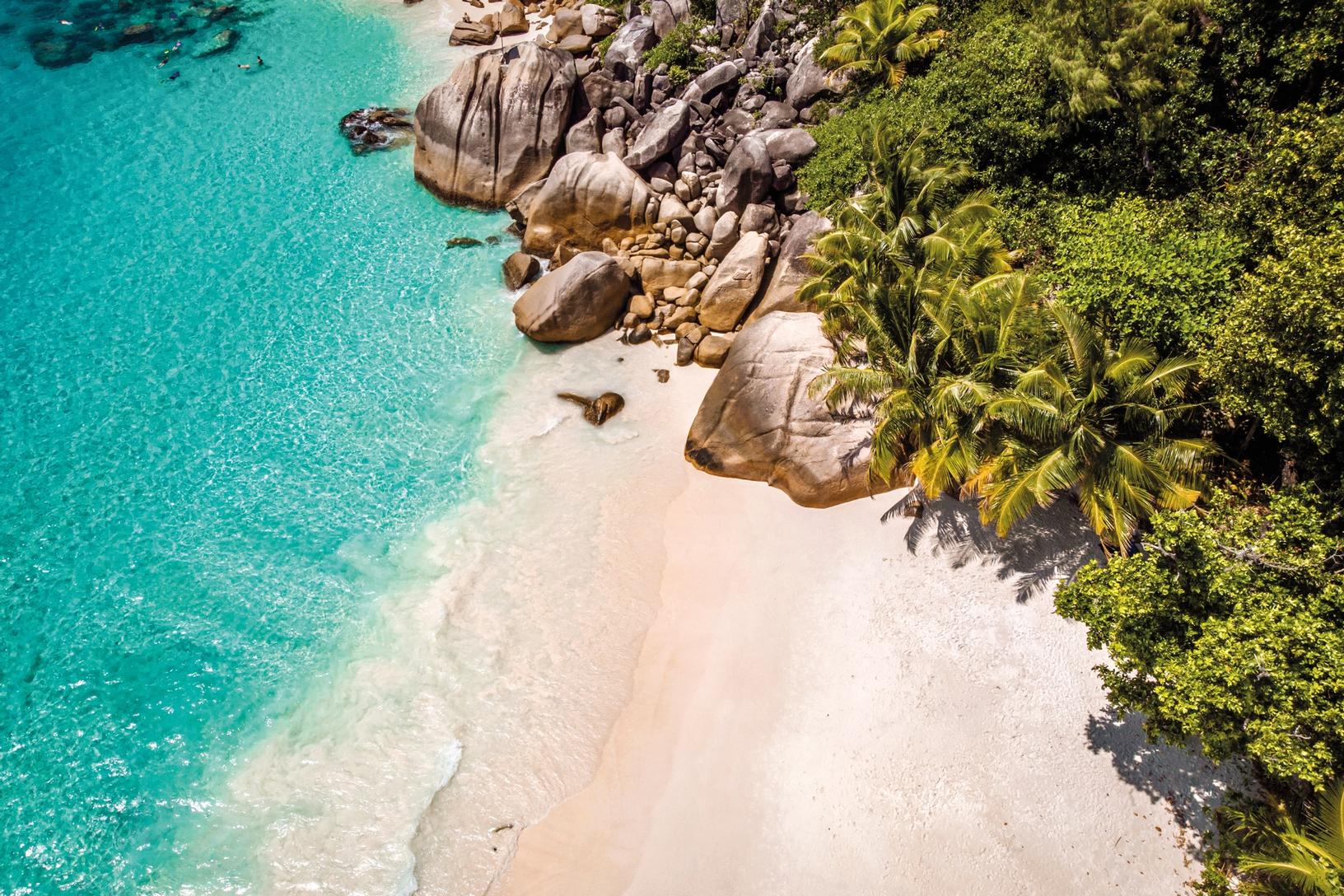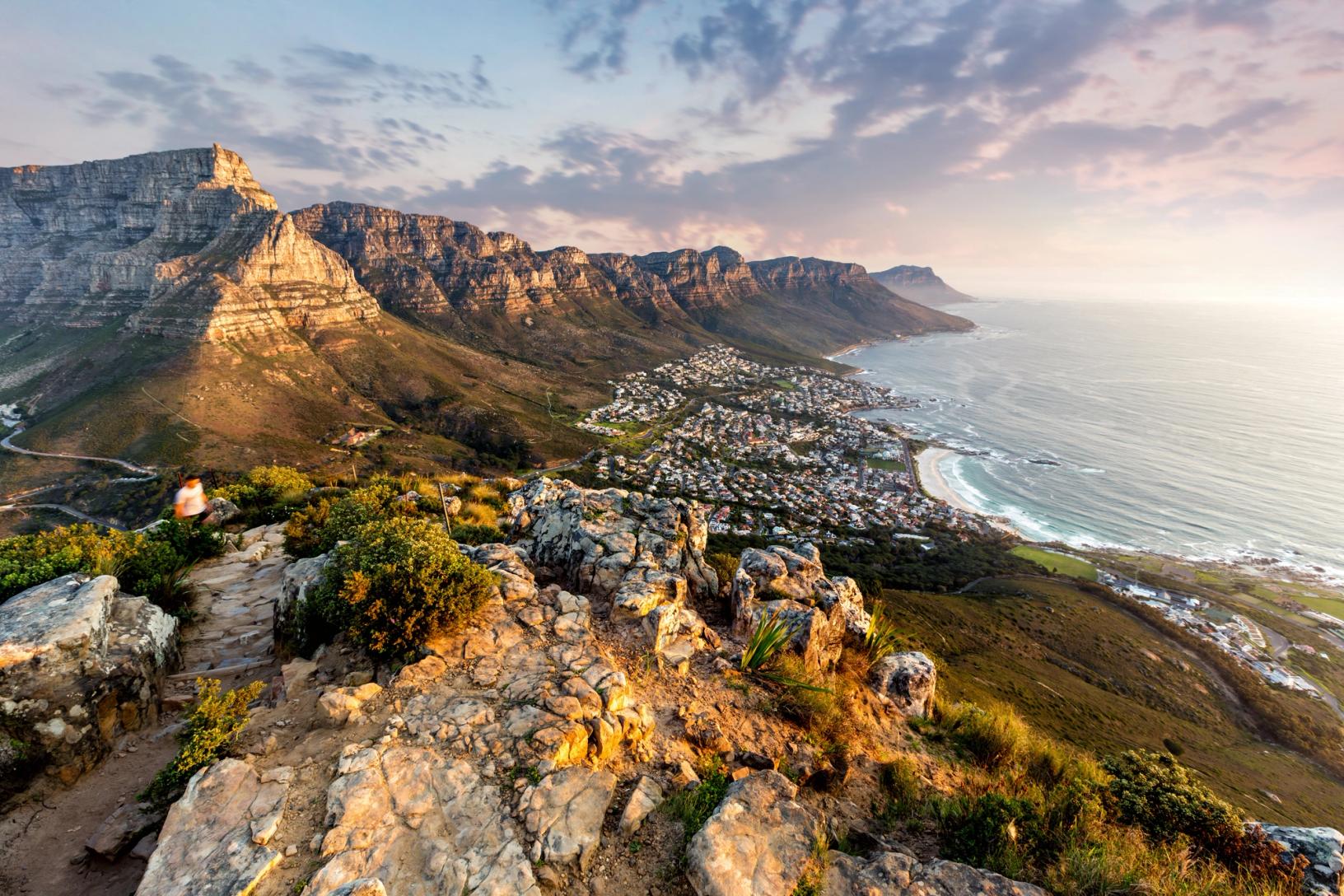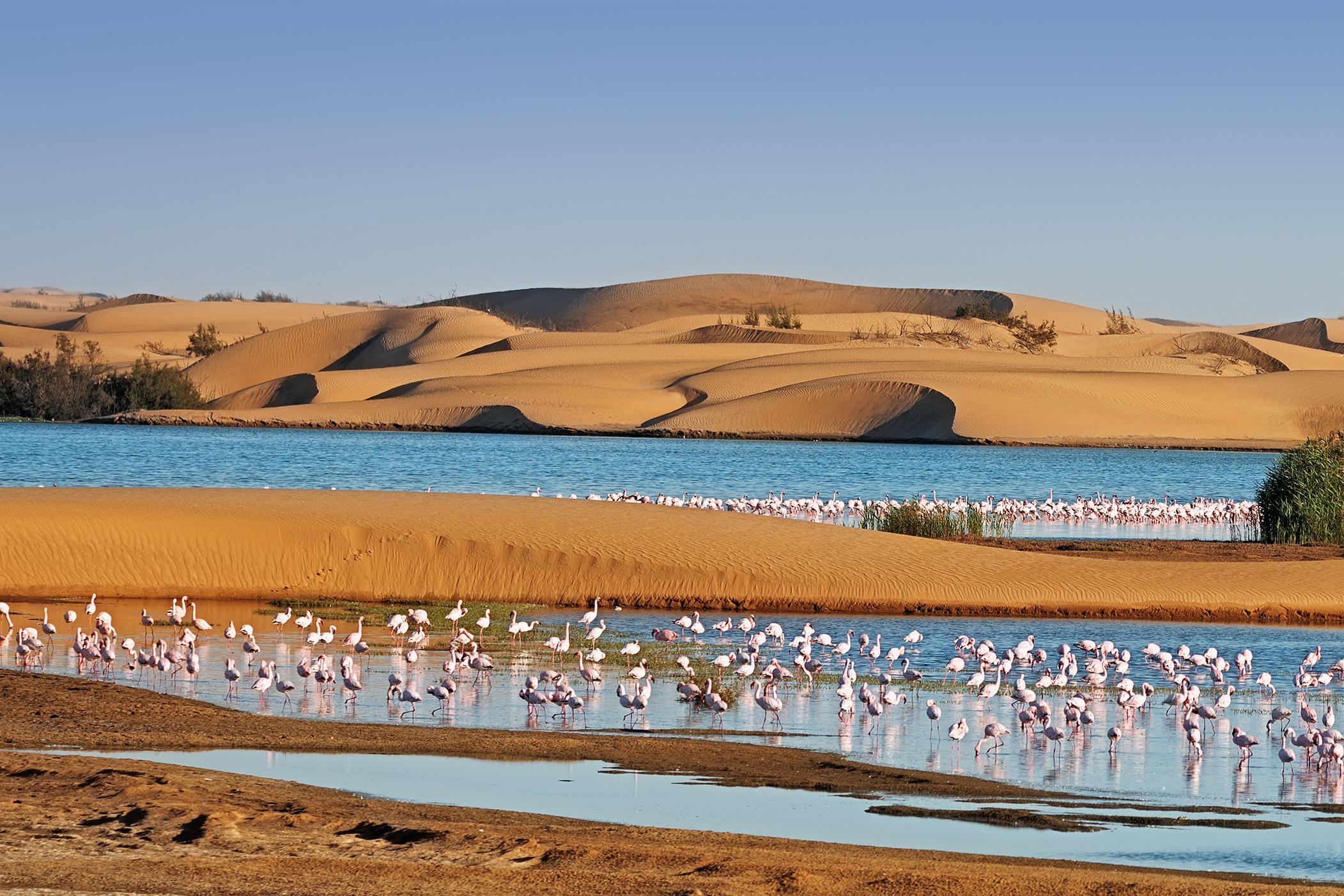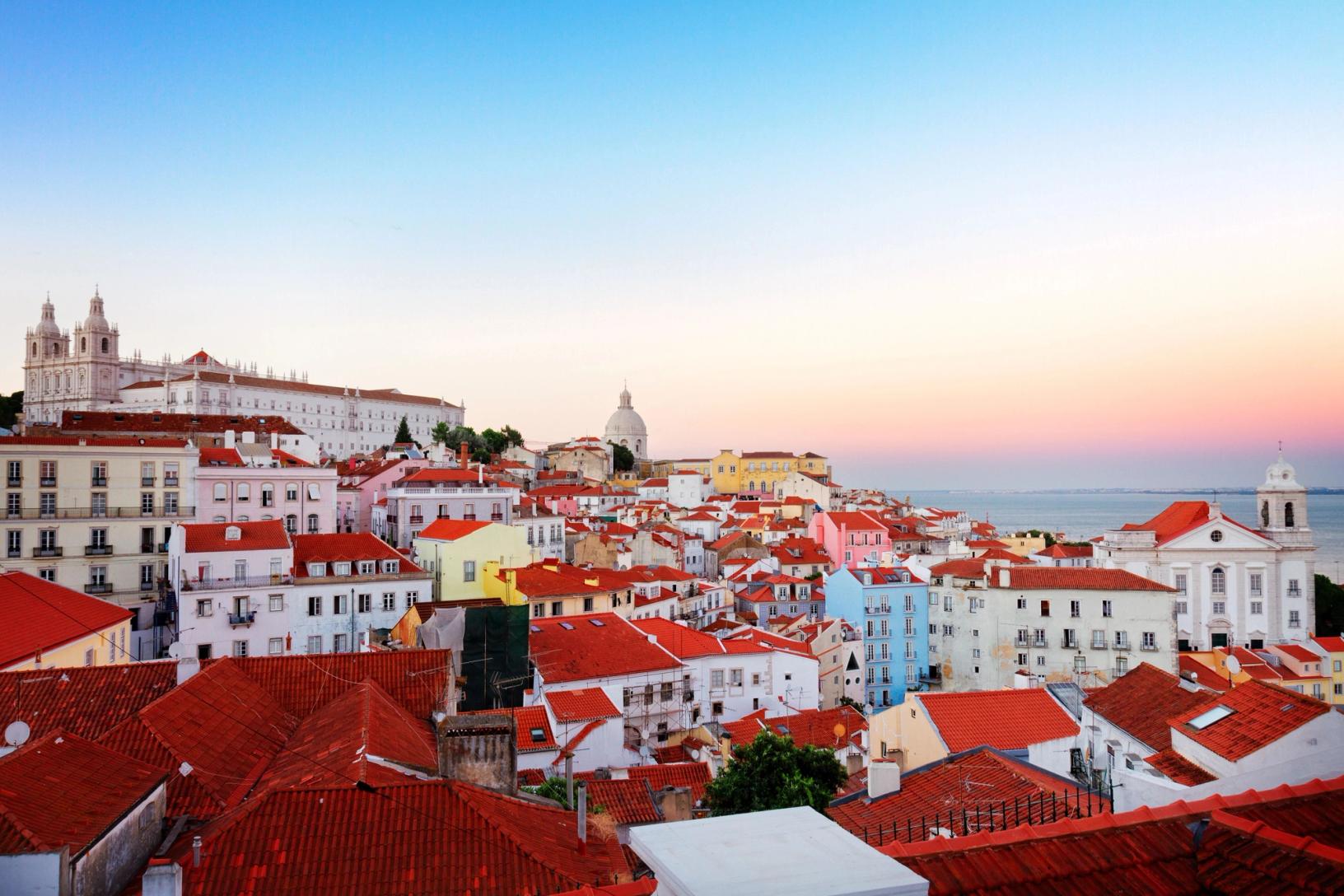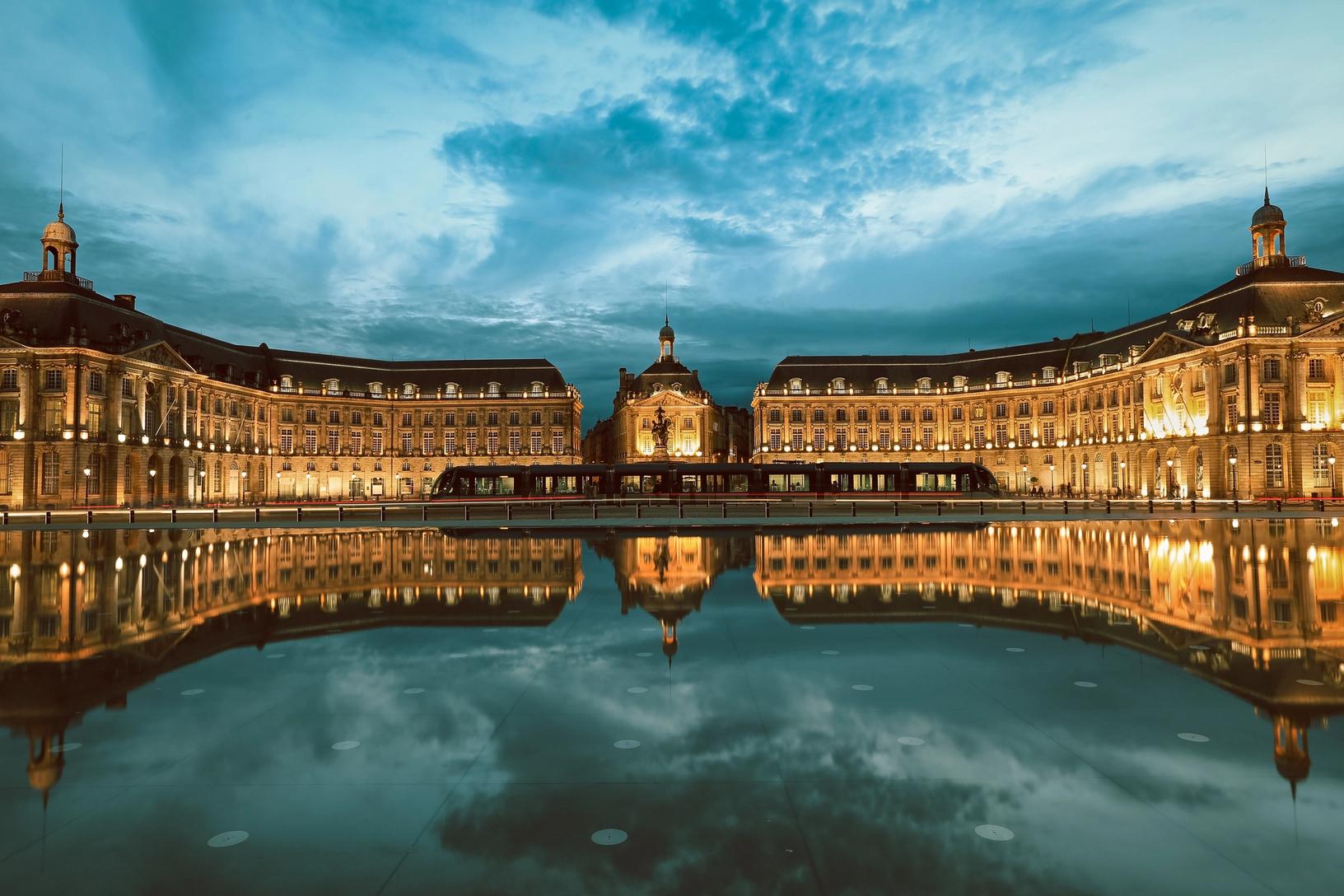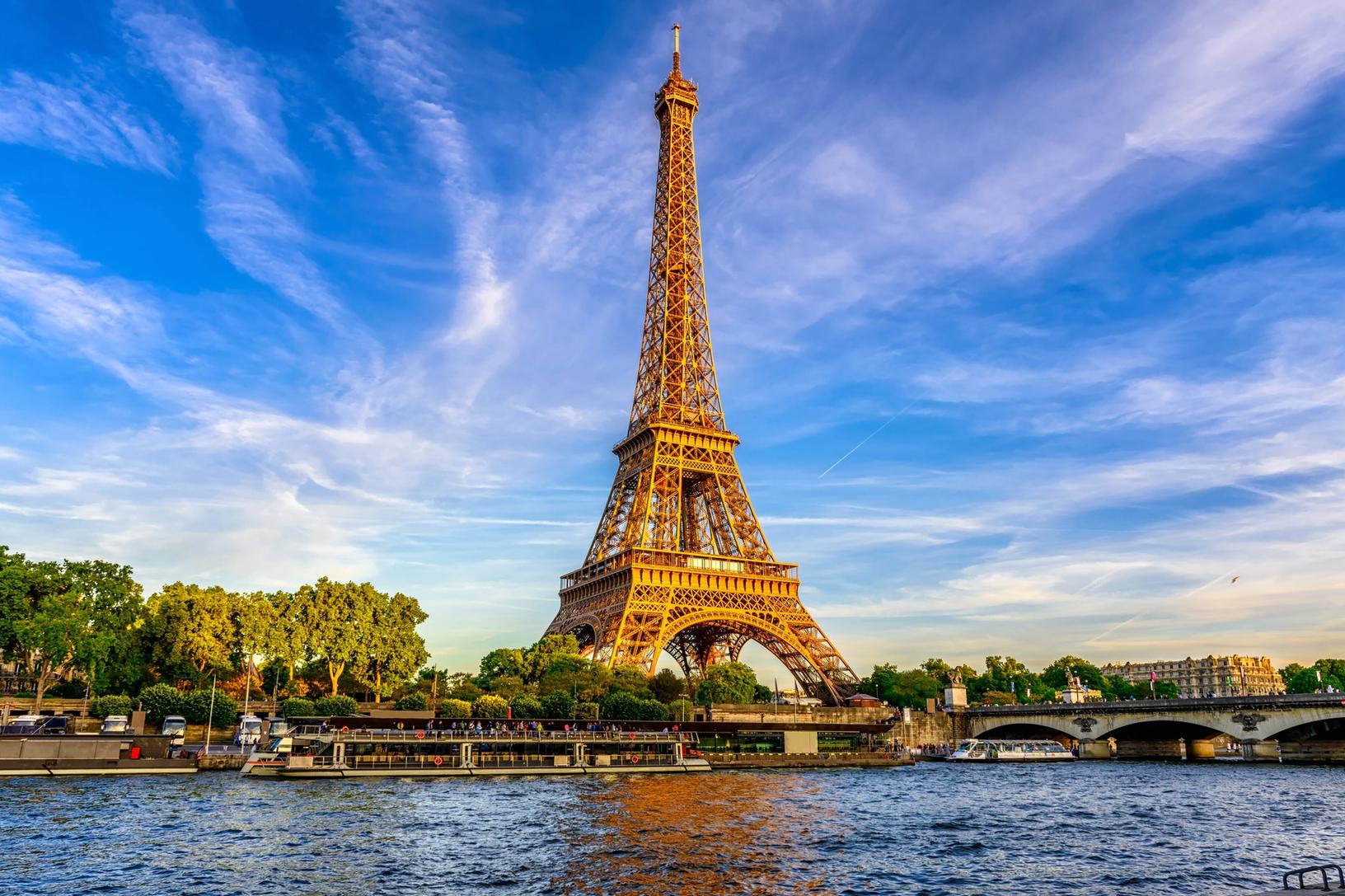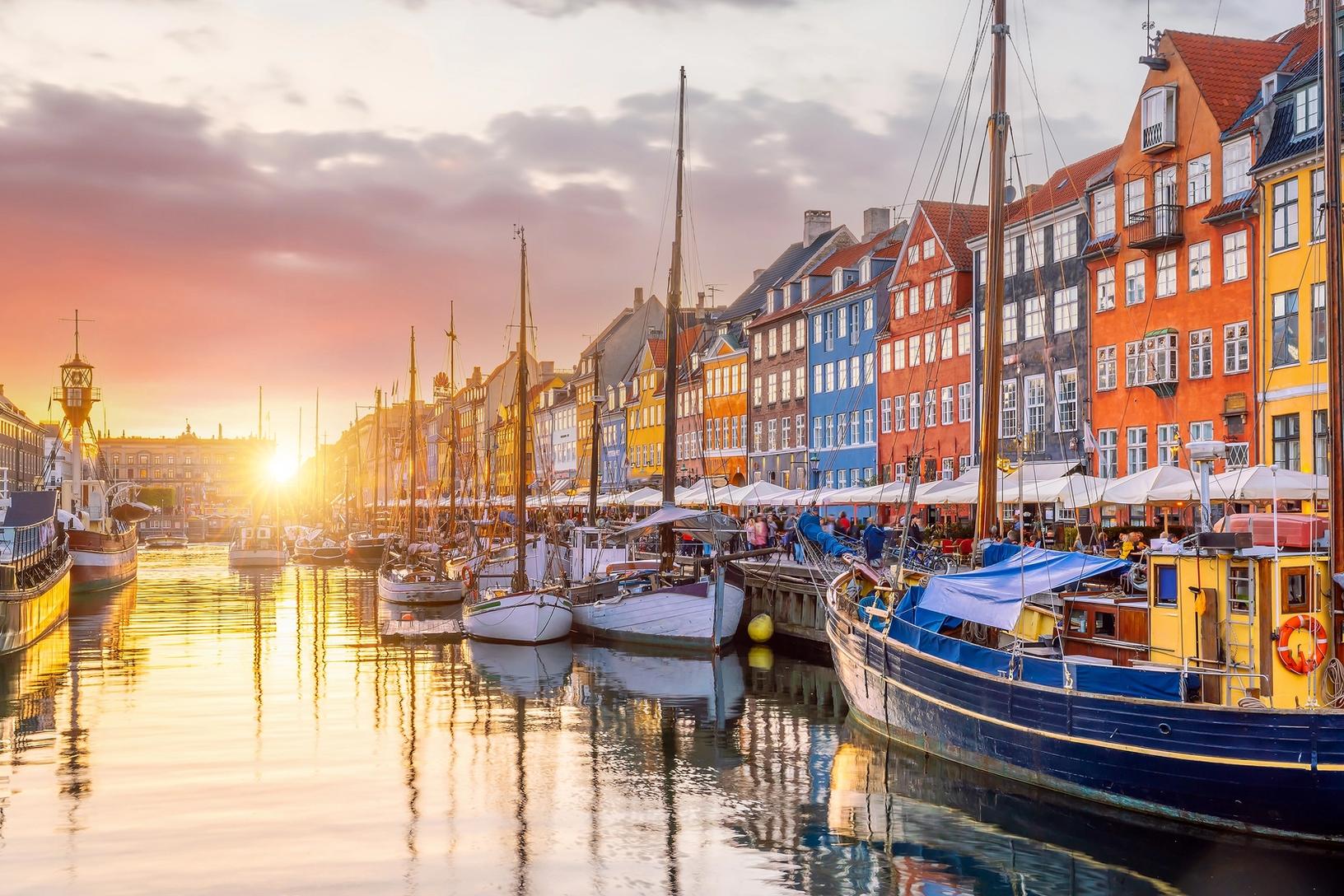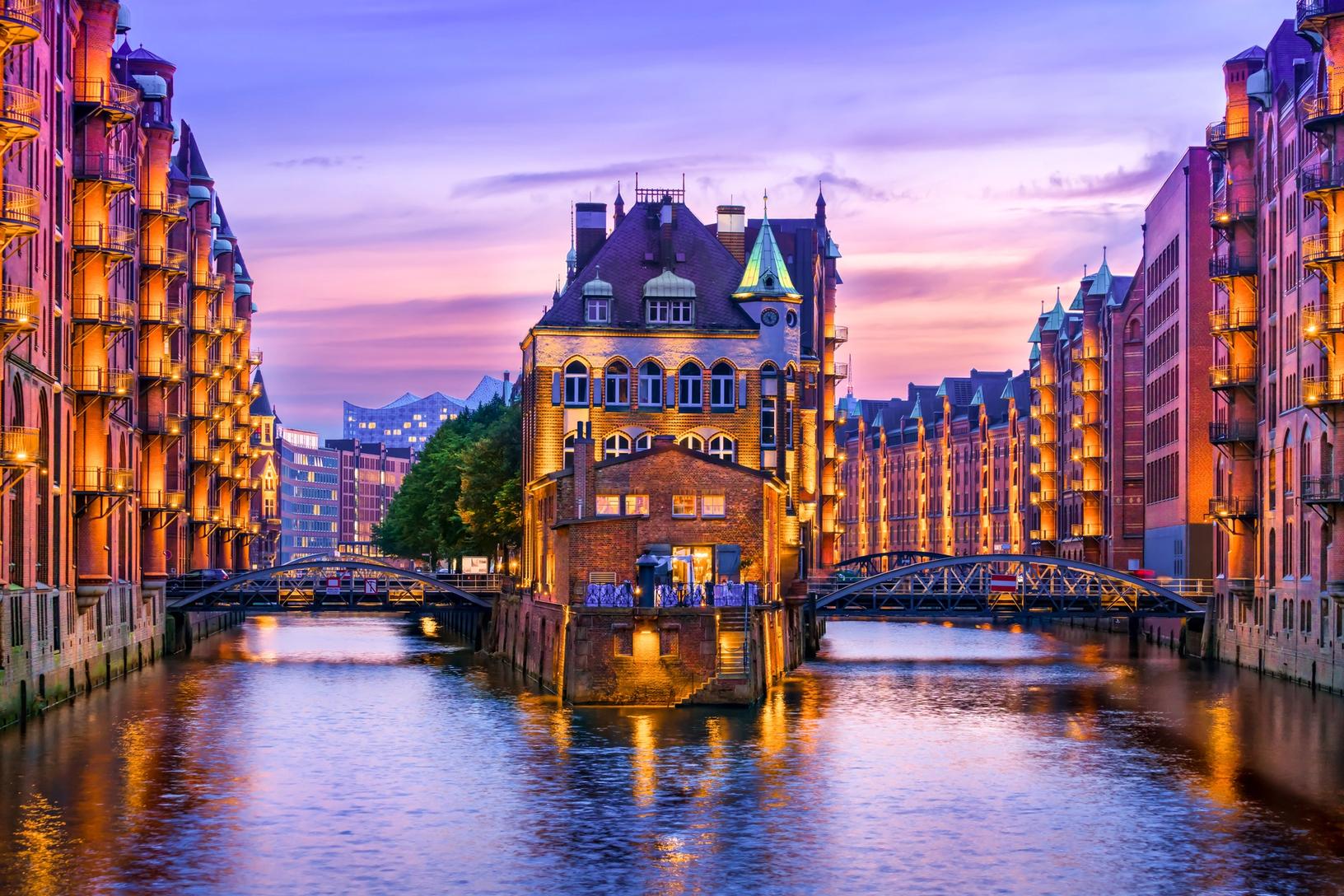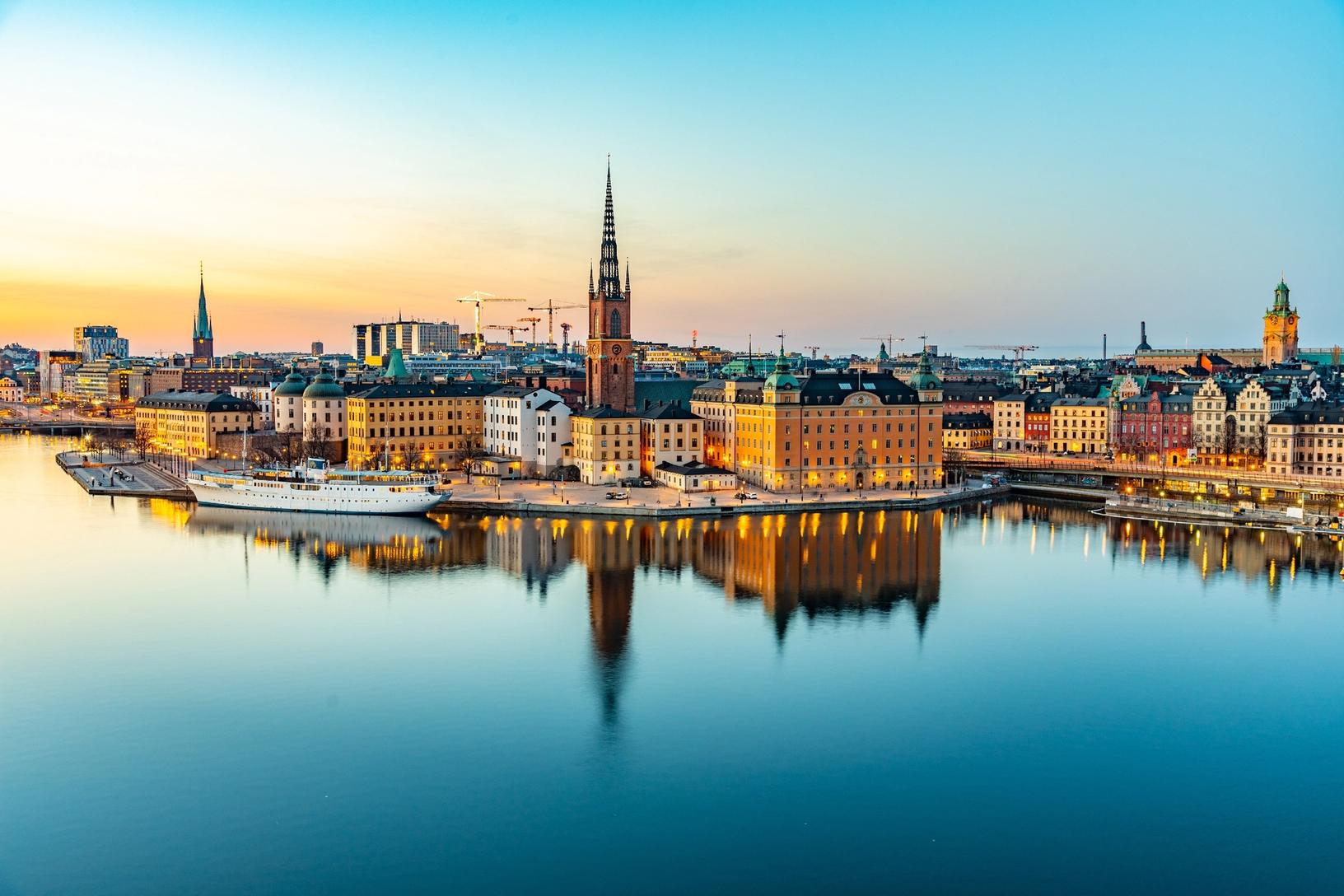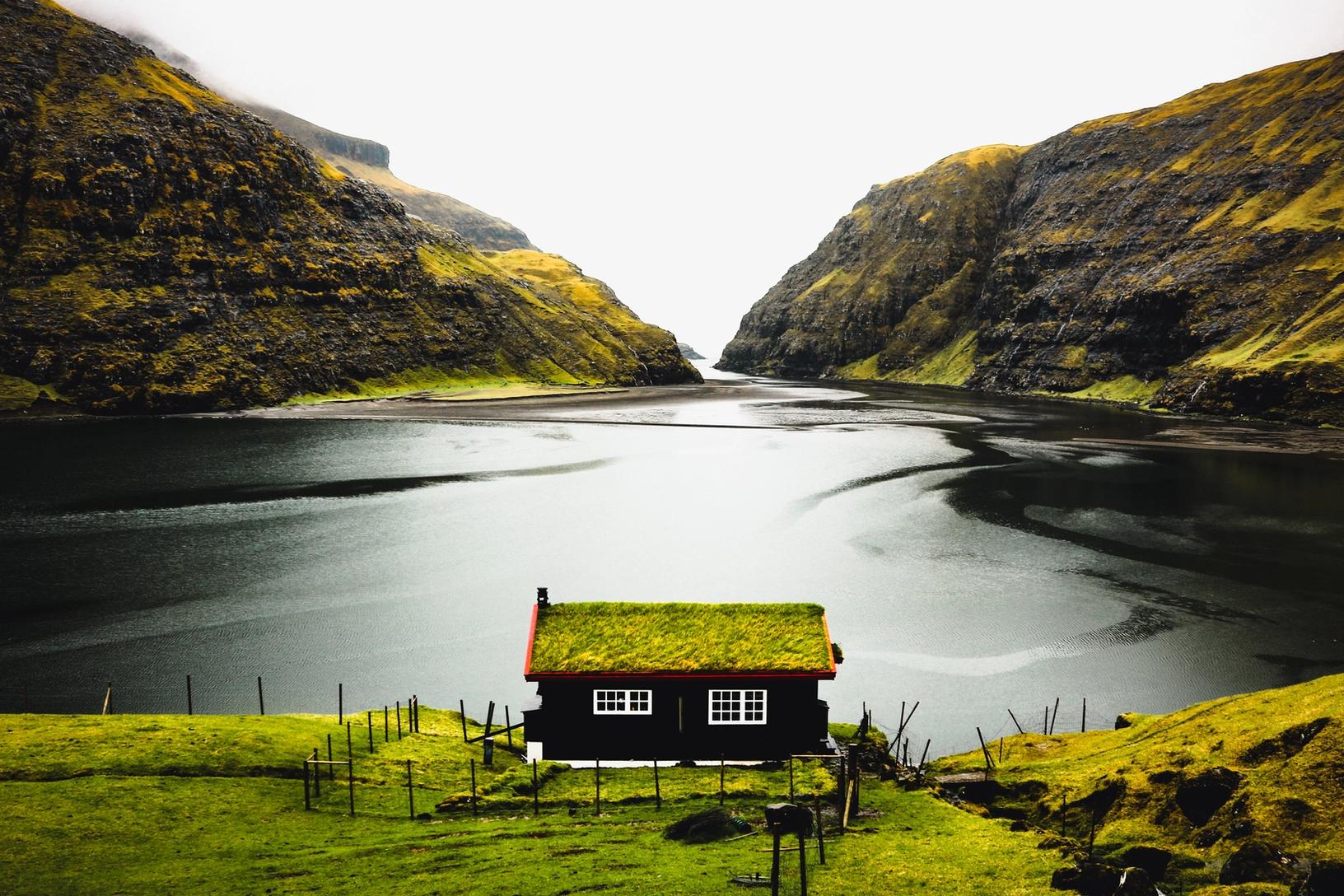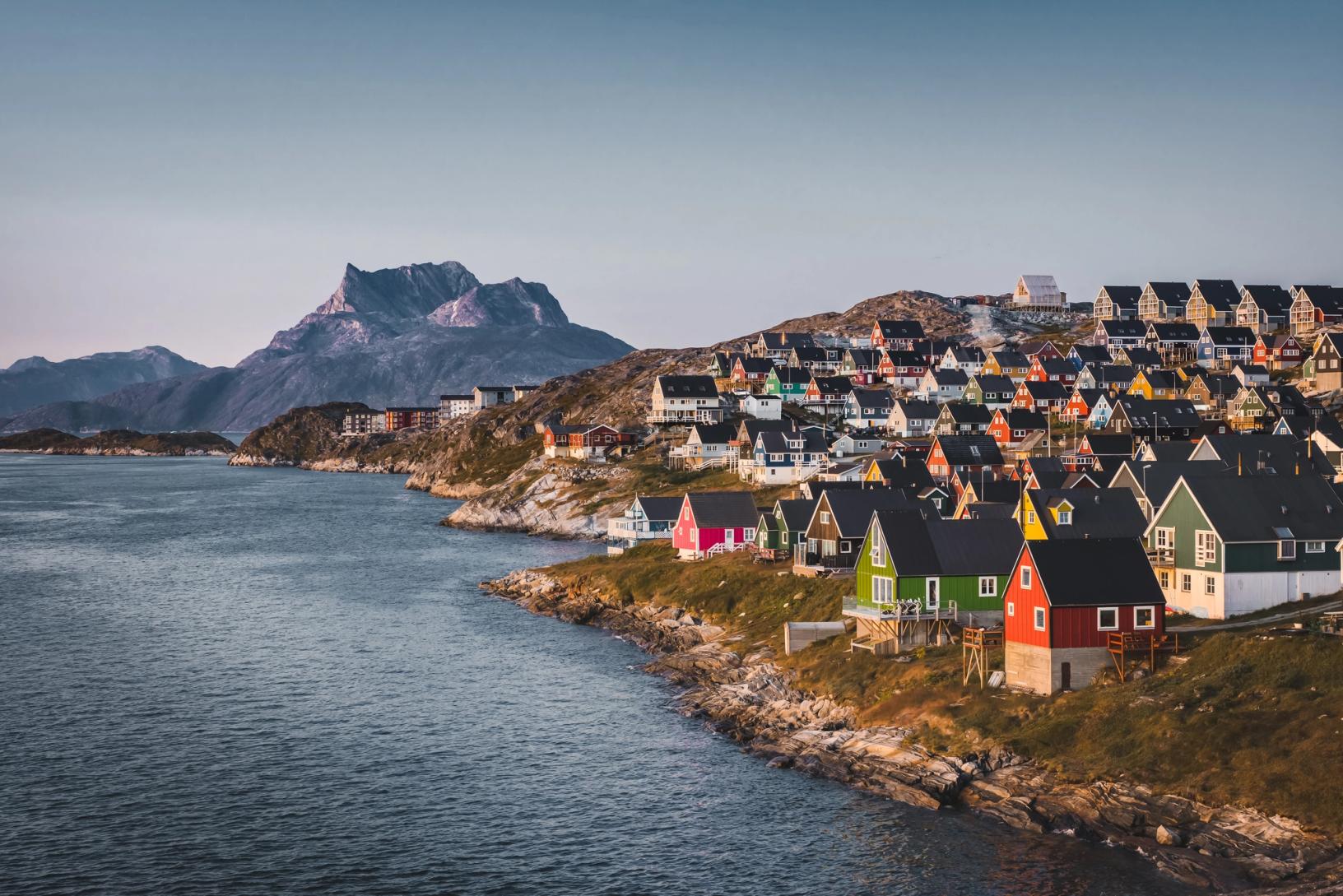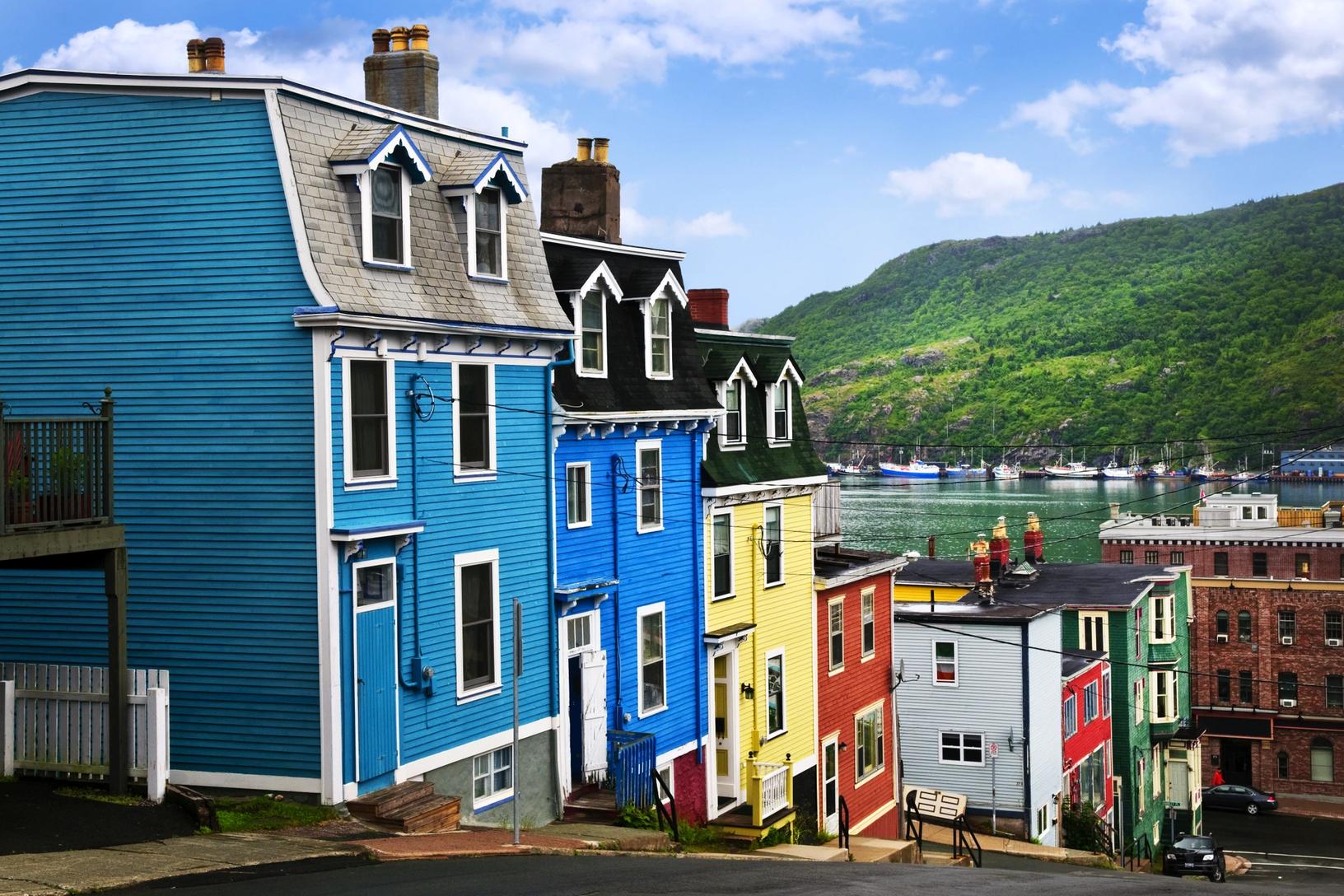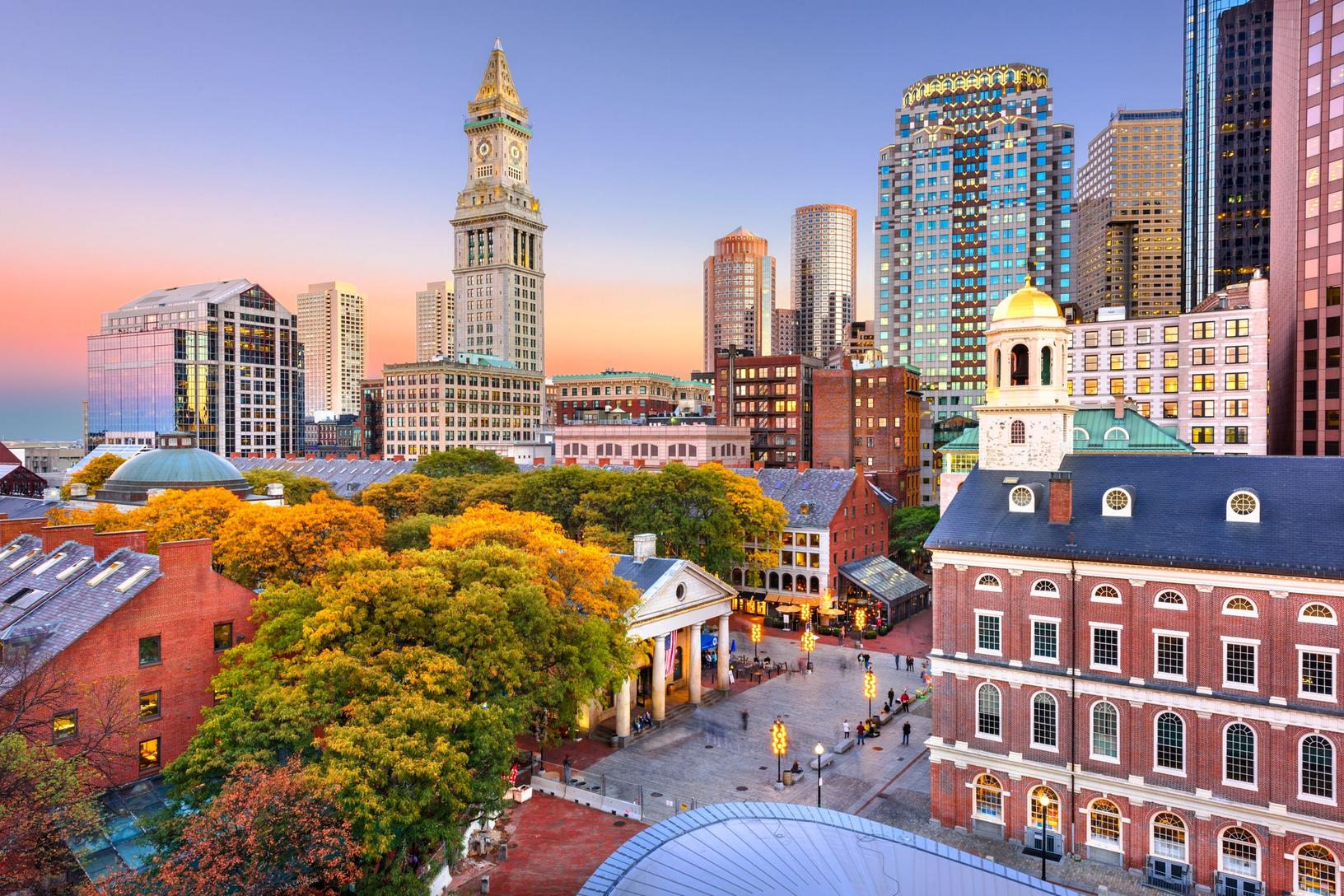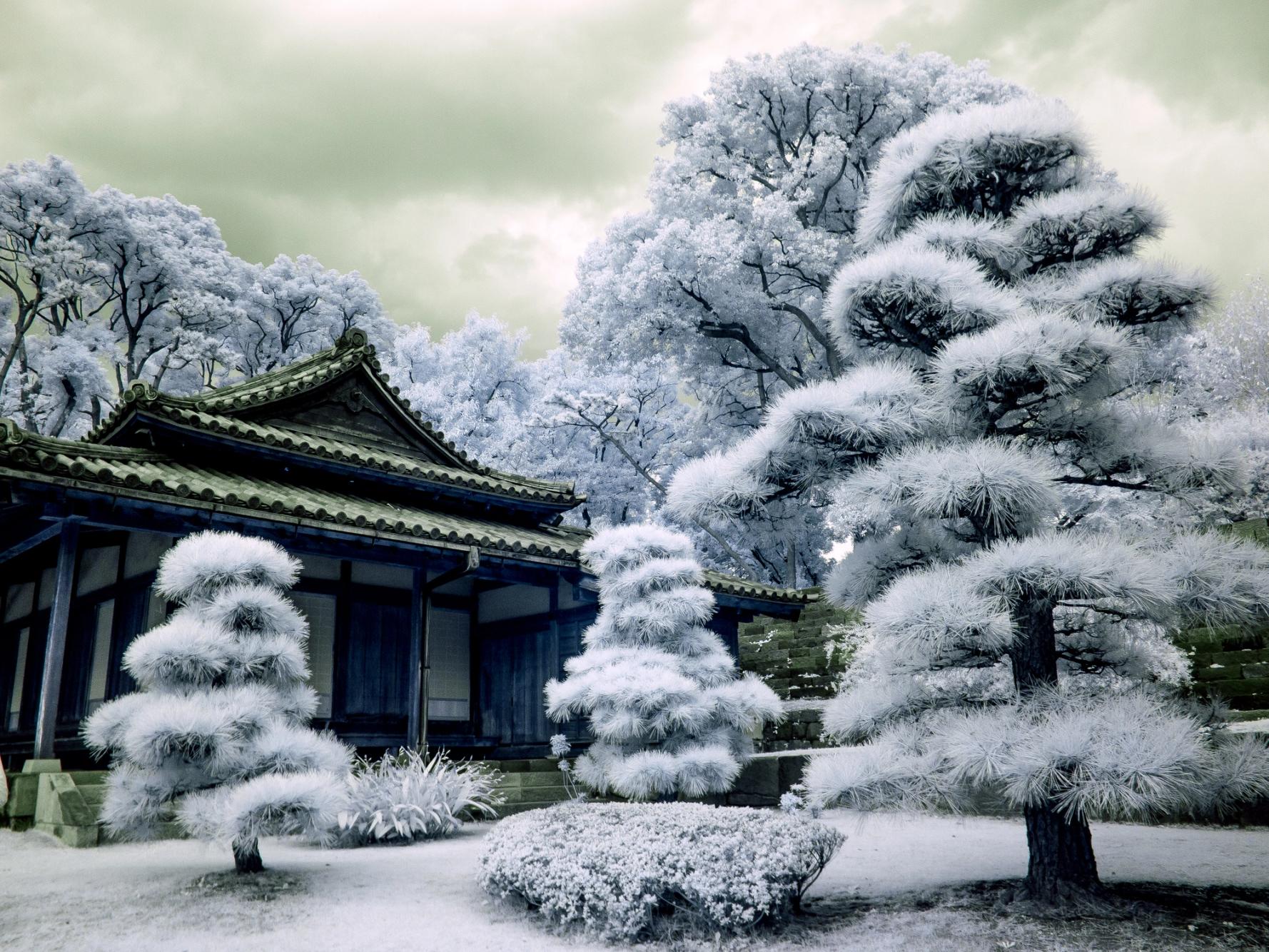
Tag: Tahiti
Thursday, February 2, 2023 – Photo of the Day – Papeete (Tahiti), French Polynesia

Where in the World Are We?





Tahiti is the largest island of the Windward group of the Society Islands in French Polynesia. It is located in the central part of the Pacific Ocean and the nearest major landmass is Australia.
It is divided into two parts, Tahiti Nui (bigger, northwestern part) and Tahiti Iti (smaller, southeastern part), the island was formed from volcanic activity; it is high and mountainous with surrounding coral reefs. Its population was 189,517 in 2017, making it by far the most populous island in French Polynesia and accounting for 68.7% of its total population.
Tahiti is the economic, cultural, and political center of French Polynesia, an overseas collectivity and an overseas country of the French Republic. The capital of French Polynesia, Papeʻete, is located on the northwest coast of Tahiti. The only international airport in the region, Faʻaʻā International Airport, is on Tahiti near Papeʻete. Tahiti was originally settled by Polynesians between 300 and 800 CE. They represent about 70% of the island’s population, with the rest made up of Europeans, Chinese, and those of mixed heritage. The island was part of the Kingdom of Tahiti until its annexation by France in 1880, when it was proclaimed a colony of France, and the inhabitants became French citizens. French is the sole official language, although the Tahitian language (Reo Tahiti) is also widely spoken.


Today’s Excursion
We surveyed the sights east of Papeete, including the atmospheric home of an acclaimed author and the point where landmark planetary observations were made. This remarkably scenic drive traveled first to the James Norman Hall Museum, home of an Iowa-born author living far from the cornfields – and writing several famous novels set in the South Pacific, including 1932’s Mutiny on the Bounty. The tour of his bungalow-style home and garden revealed a setting that must have added to his inspiration. Interestingly, this adventurous WWI hero’s creativity definitely passed on to the next generation; his son Conrad was a three-time Oscar-winning cinematographer on films such as Butch Cassidy and the Sundance Kid. The author is buried above the house on a mountainside overlooking Matavai Bay, which we looked over when we visited Venus Point. Home to a striking lighthouse and abundant history, this point of land is where Captain Cook recorded the transit of Venus on his groundbreaking first voyage around the world. Coincidentally, Captain Bligh and his crew of the real-life Bounty called at this same spot about 20 years later. A gorgeous view from atop Tahara’a viewpoint.









by Capt. Cook.












